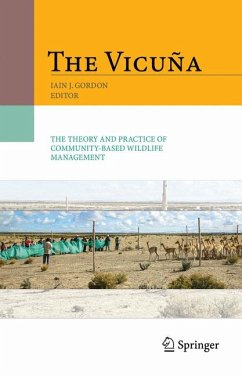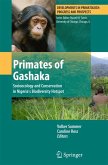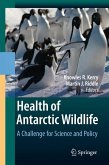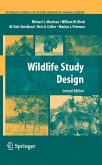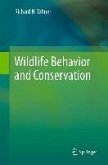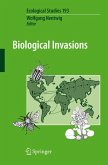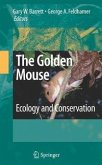The vicuña has been one of the few success stories of wildlife conservation. Increasing populations are, however, raising new challenges for effective management as emphasis shifts from protection to allow sustainable use. Internationally, policy development has followed the community-based conservation paradigm, which holds that economic benefits from wildlife management practices bring greater commitment on the part of local communities to protect both the species and its habitat. In this book we argue that sustainability is not guaranteed by sustainable use, and that both education and regulation are required to prevent the proliferation of unsustainable practices. Community wildlife management does not replace conservation, but it does fundamentally alter the nature of the task that conservation agencies face.
Dieser Download kann aus rechtlichen Gründen nur mit Rechnungsadresse in A, B, BG, CY, CZ, D, DK, EW, E, FIN, F, GR, HR, H, IRL, I, LT, L, LR, M, NL, PL, P, R, S, SLO, SK ausgeliefert werden.

